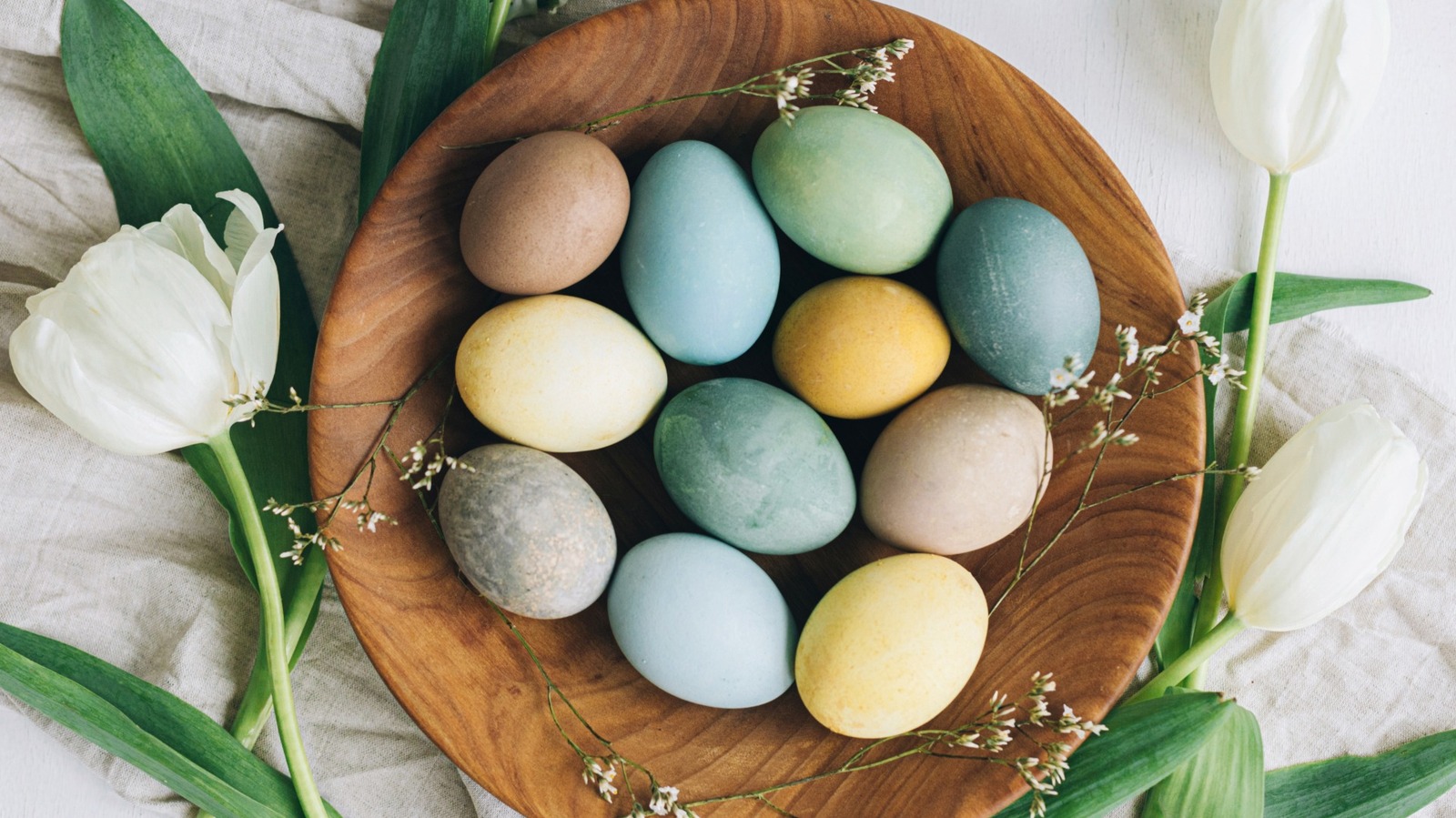
"Using fruits and vegetables to dye Easter eggs not only helps avoid food waste but also offers a healthier alternative to artificial food coloring."
"The actual color of your eggs may alter the results, so using white-shelled eggs is recommended for the most true and vibrant colors."
Easter egg dyeing traditionally involves synthetic colors, but using fruits and vegetables can provide a vibrant, natural alternative while reducing food waste. Options like turmeric for yellow, beets for pink, and cabbage for blue allow for a variety of hues. The article emphasizes using white-shelled eggs for the best results and suggests techniques like doubling the dyeing process for creative colors. In addition to aesthetics, natural dyes also come with health benefits compared to artificial colors, promoting a more eco-friendly and health-conscious approach to the holiday tradition.
Read at Tasting Table
Unable to calculate read time
Collection
[
|
...
]